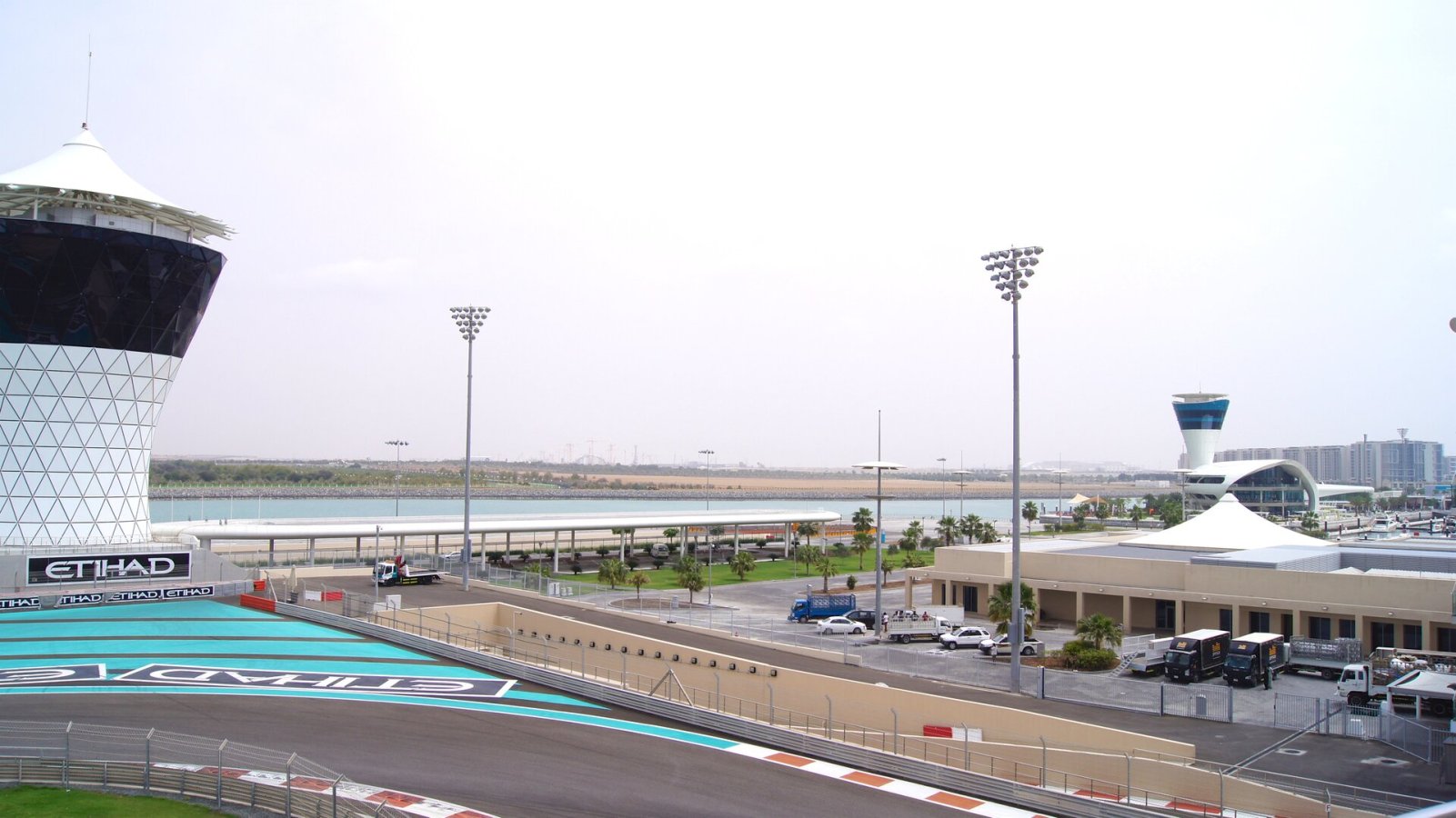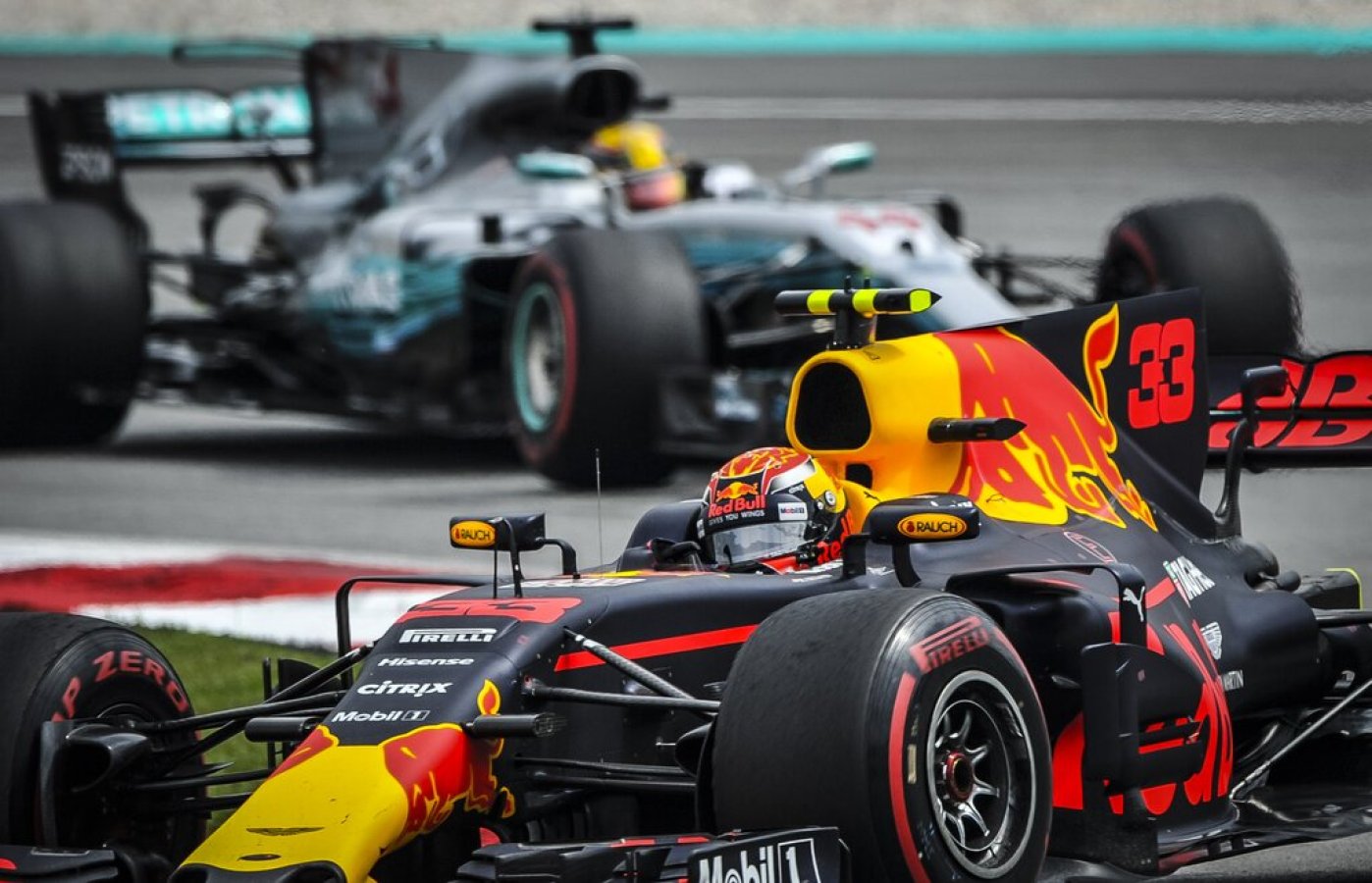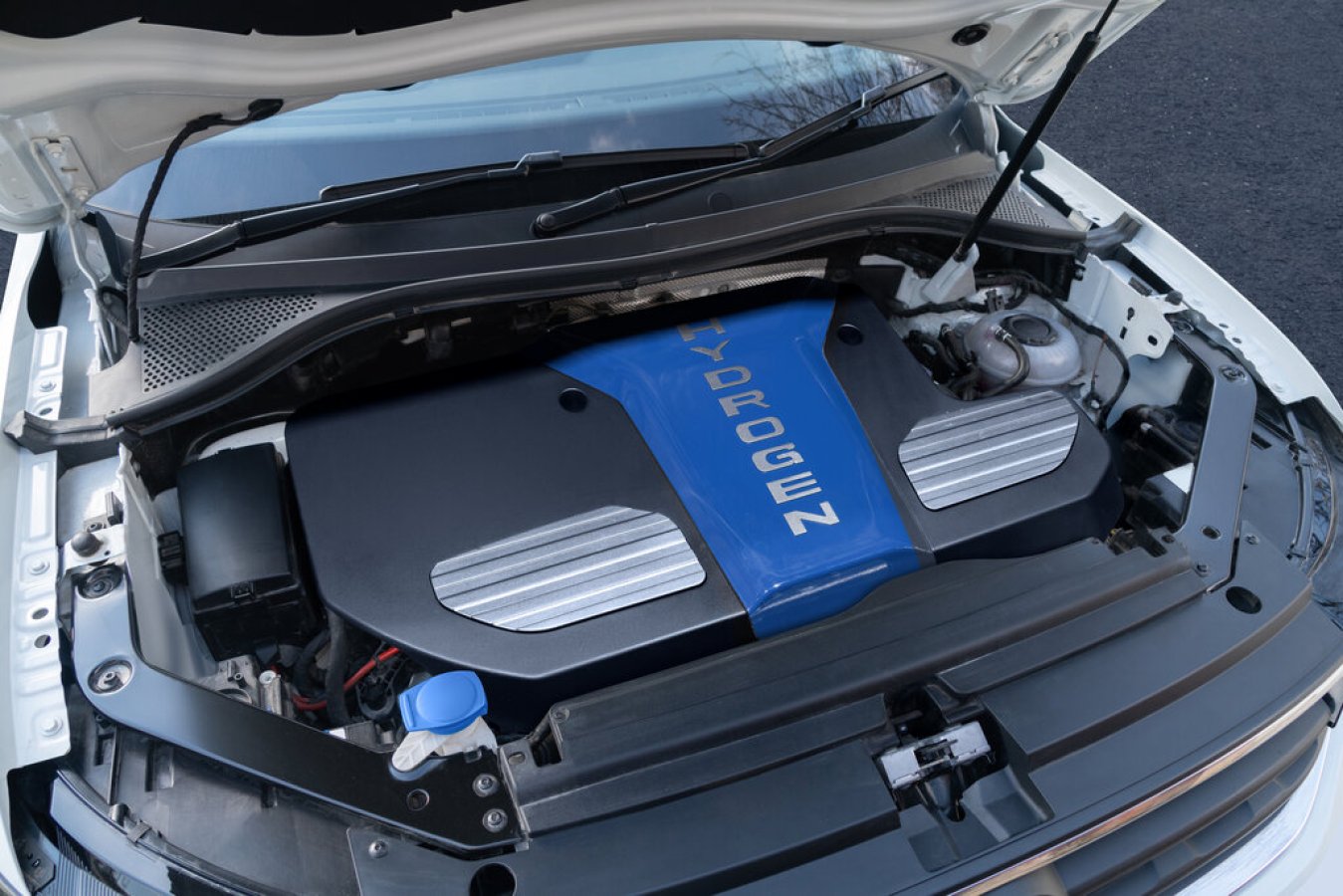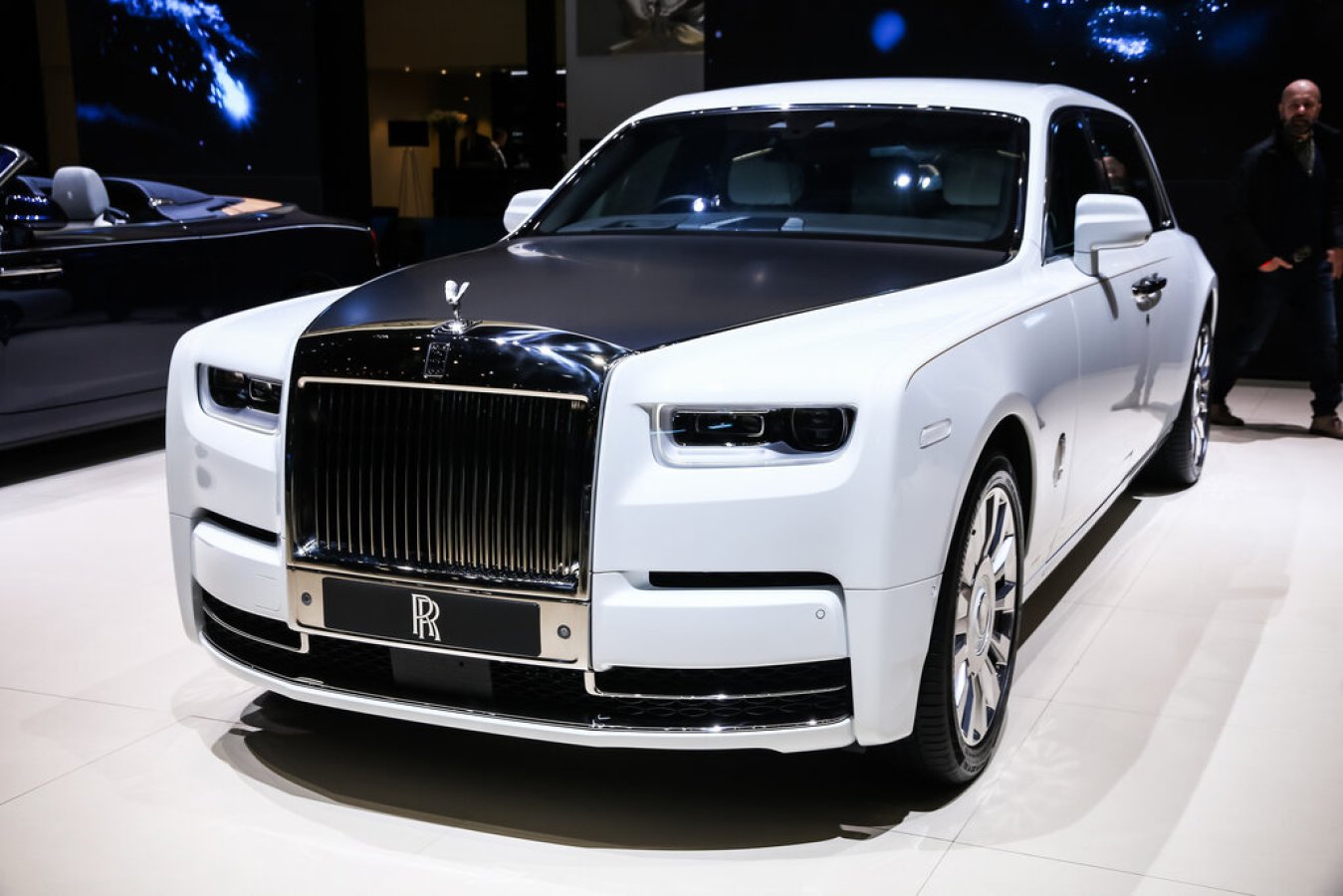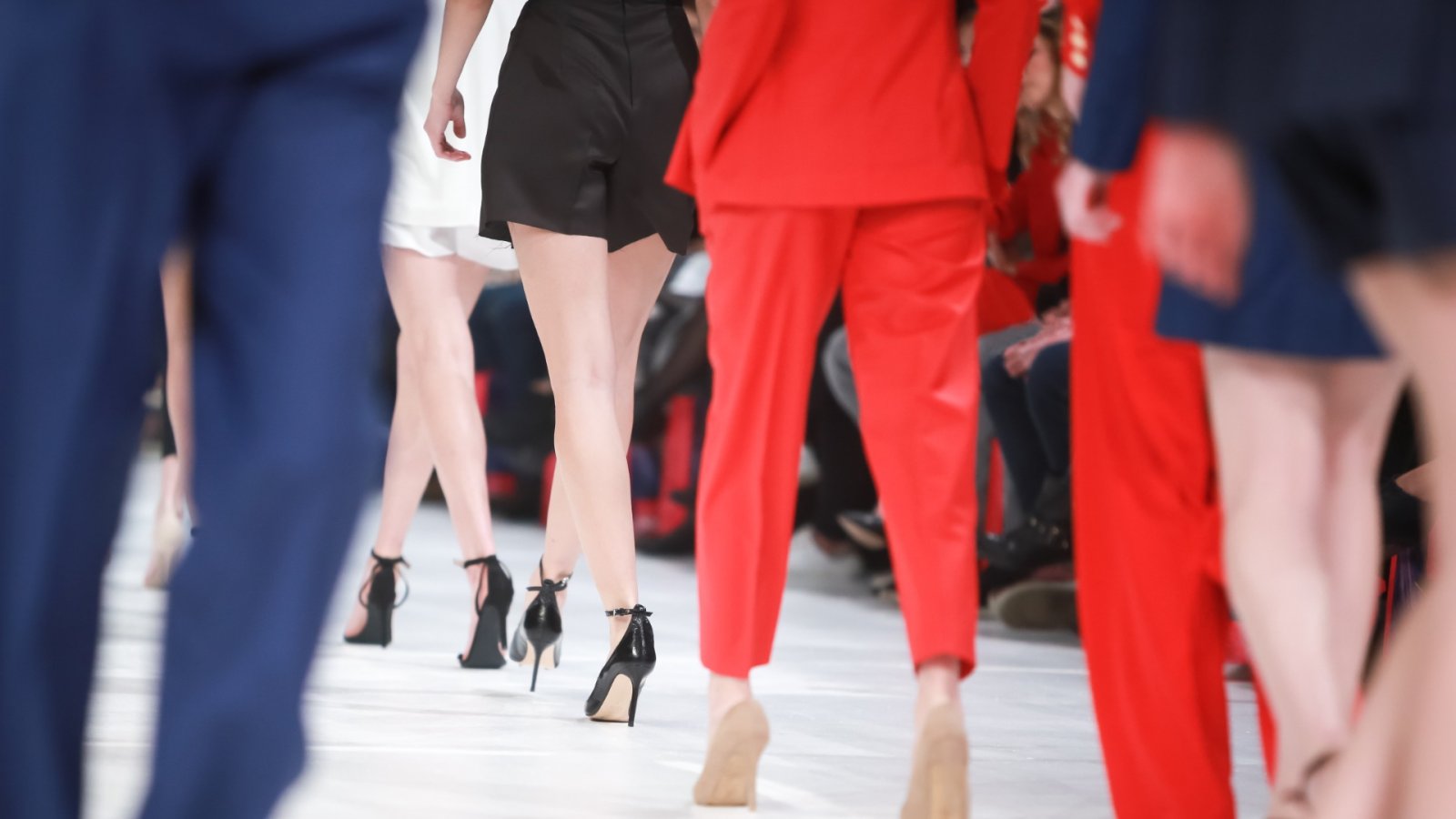Luxury fashion has long signified exclusivity, meticulous crafting, and elite social standing. It has moulded perceptions of style throughout history, impacted culture, and even influenced the global economy. However, as the 21st century unfolds, the luxury industry is undergoing significant transformation. Today's luxury is reflective not only of iconic heritage brands and high price points, but also of changing consumer values, technological progress, and worldwide developments. In recent years, luxury fashion has navigated a dichotomy between traditional foundations and a push for innovation. Esteemed houses like Chanel, Louis Vuitton, and Hermès still lead the sector, capitalizing on their deep histories and timeless aesthetics. Yet these brands have also been compelled to evolve, embracing digital platforms and innovative marketing approaches to stay aligned with the rapidly shifting landscape.
Luxury fashion has fully immersed itself in the digital age. E-commerce, once thought incompatible with exclusive luxury branding, is now essential. The COVID-19 pandemic accelerated this shift, spurring brands to bolster their online presence through virtual shopping experiences and cutting-edge technologies like augmented reality (AR) and artificial intelligence (AI) to engage customers in innovative ways. Extravagant fashion shows, which were formerly private events, are now live-streamed globally, maintaining exclusivity through small-batch collections while democratizing access. Meanwhile, the pre-owned luxury market has skyrocketed in recent years, fueled by discerning consumers focused on sustainability and the growing cachet of vintage items. Platforms such as The RealReal and Vestiaire Collective have streamlined the process of buying and selling previously owned luxury goods, challenging traditional notions of newness in luxury. This trend is also prompting brands to reconsider product longevity and participation in the circular economy.
Prioritizing Sustainability and Ethics
Sustainability has progressed beyond a buzzword to a core value for numerous luxury houses. Discerning consumers, particularly Millennials and Gen Z, increasingly demand transparency and accountability from the brands they support. This shift has fueled the rise of ethical luxury, with companies concentrating on eco-friendly materials, production processes that minimize environmental impact, and fair labor practices. For example, Stella McCartney has established its identity around sustainability, while Gucci and Prada have made notable commitments to reducing their carbon footprint. Looking ahead, several pivotal trends will likely sculpt the future luxury fashion landscape. These evolving patterns embody both the challenges and prospects surrounding high-end brands navigating a world in constant change with a growing emphasis on planet and people.
The future of luxury lies in customization that is unique rather than mass produced. Consumers increasingly desire pieces reflecting their distinctive style over generic items. Brands are responding by providing bespoke services where customers can tailor everything from fabric to final design. Digital tools like 3D printing and AI-guided creation are making this level of personalization more accessible, permitting brands to offer tailored experiences at scale. Digital fashion is no longer a niche concept but is poised to become integral to luxury markets. With the rise of the metaverse and virtual realities, premier brands are pioneering new frontiers in digitized couture. Companies including Balenciaga and Dolce & Gabbana have launched virtual collections and NFTs, signalling a future where digital garments may command equivalent value to physical ones. This evolution not only opens new revenue streams but redefines luxury as digital ownership grows coveted alongside tangible pieces. Customization and technology are reconfiguring luxury fashion for the next generation.
Pursuing Inclusivity and Diversity
The push for inclusion and diversity is reshaping luxury fashion. Brands are being called upon to represent a broader range of identities, body types, and communities, moving beyond the exclusivity of the past. This signifies not only diversity in marketing but also creation of products that cater to varied customers. The future of luxury will embrace inclusiveness, reflecting the values of a global, multicultural consumer base.
Tapping Into Emerging Regions
Emerging markets, especially in Asia and Africa, are taking on increased importance for the luxury fashion industry. As wealth grows in these areas, demand rises for high-end goods. Brands are investing in localized strategies from tailored collections to region-specific campaigns to capture new audiences. Additionally, influence from these markets will likely drive novel trends and redefine luxury on a worldwide scale. Globalization presents both opportunities and responsibilities for luxury brands.
